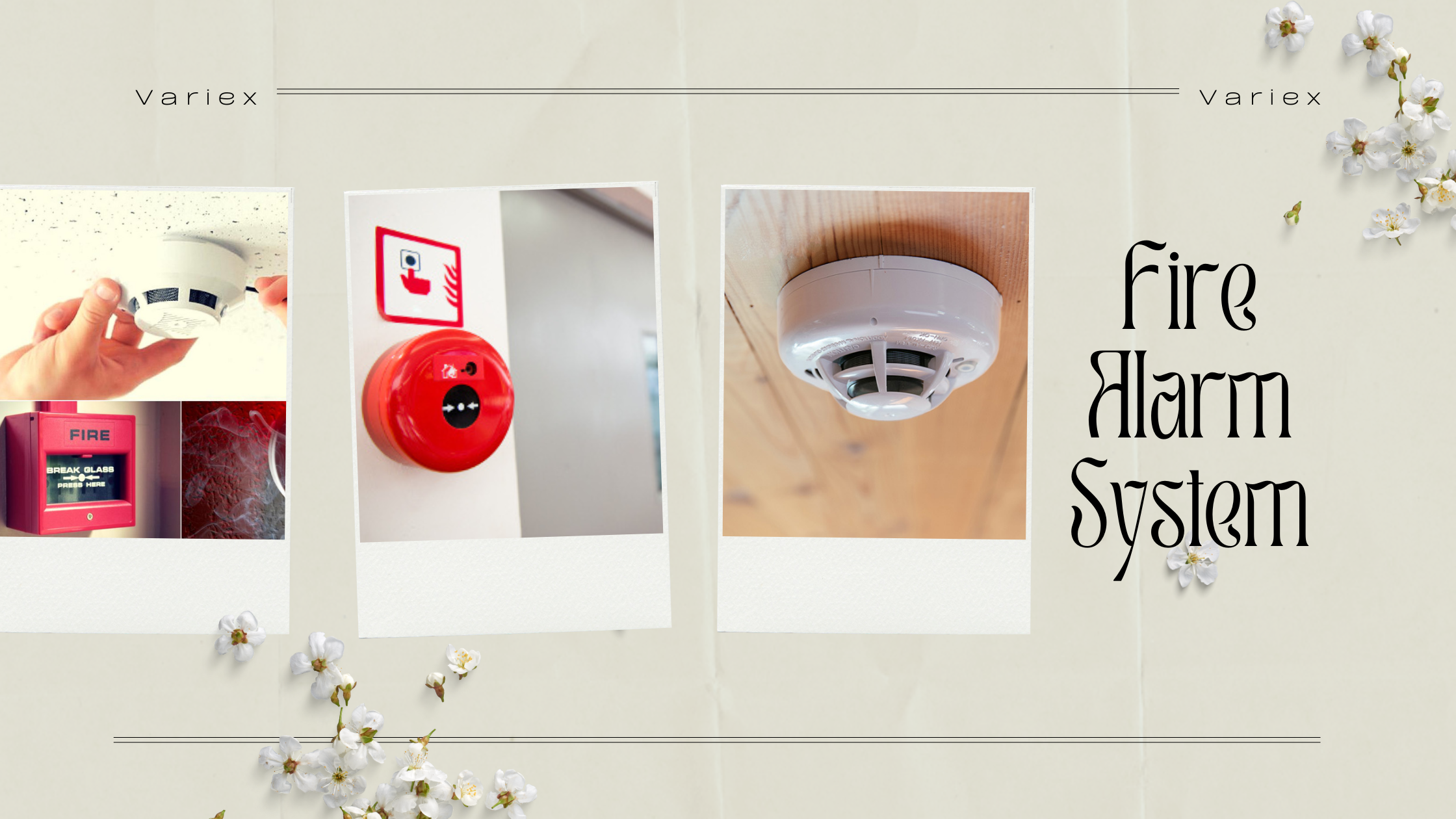![]()
Fire Immuniser
+91-7829629111
Email: info@variex.in
Varistor Technologies Pvt. Ltd.
Block-1, First Floor, Ardente Office One, Hoodi Circle, ITPL Main Road, Bengaluru, Karnataka 560048, IN
How To Make A Robot Fire Alarm
How To Make A Robot Fire Alarm
In the age of smart technology and robotics, homemade robots have taken a pivotal place in domestic safety. Among them, a robot fire alarm is a reportable innovation that uses robotics to detect fire outbreaks and promptly responds by sounding an alert. Such a device is not only a fun and educational DIY project, but also a practical safety strategy that could potentially save lives and properties. This article will guide you through the steps of creating your own robot fire alarm.
Understanding the Concept of a Robot Fire Alarm
A robot fire alarm is a compact contraption equipped with sensors to detect temperature changes and excess smoke in its immediate environment. Once the sensors detect a looming hazard, the robot's alarm mechanism is triggered, alerting the occupants of the building with both sound and visual alarms. It could potentially control the fire situation by activating the building's fire sprinkler system or any internal fire-control mechanism.
Gathering the Required Components
Before commencing the build, you need to gather the following components: a sensor set (comprising a temperature sensor and smoke sensor), an Arduino board which acts as the brain of the robot, a buzzer for the fire alarm, a micro servo motor for moving components, a breadboard for prototyping, jumper wires for connections, a battery holder and batteries, and of course, a robot chassis kit for the physical body of the robot.
Assembling the Chassis and Motor
Firstly, you need to assemble the robot's body following the instructions that come with your chassis kit. Affix the wheels and ensure the servo motors are correctly installed. Remember, the quality of your robot's movement depends on these motors, so take your time to fix them properly.
Setting Up the Sensors
Mount the temperature and smoke sensors separately on the robot's body where they can take in the environment's conditions properly. Next, connect these sensors to the Arduino board. It is essential to verify that your connections match your specific Arduino board's specifications. You might need to solder the wires to ensure a steady connection between your board and sensors. Also, remember to configure the sensors to manage the sensitivity and calibrate it to your particular environment.
Integrating the Buzzer and Alarm
Once the sensors are set up, it's time to integrate the buzzer for the sound alarm. Depending on your preference, you can opt to just have the sound alarm or include a light as a visual indicator. For the light, you only need a simple LED light bulb that blinks when connected to the power supply. Both the buzzer and the light should be connected to the Arduino board and correctly programmed to respond when the sensors trigger an alarm.
Programming the Fire Alarm Robot
After assembly, you need to program your robot. You can use the Arduino software (IDE) to write code for the robot's functionalities, such as sensor sensitivity, limit for triggering the alarm, outputs, and movements. If you are not proficient in programming, don't fret, there are pre-written open-source codes available online that you can modify according to your needs.
Testing Your Robot Fire Alarm
Now it's time to put your robot to the test! It's good practice to conduct multiple tests in a controlled environment before installing it as a legitimate safety device. Before deployment, ensure you adjust the sensitivity parameters to be in line with the usual temperature and smoke levels in the environment where it would be stationed.
Ensuring Maintenance
Like all technology, your robot fire alarm requires maintenance for continued efficiency. Regularly check sensors to ensure neither dust nor dirt obstructs them. Keep the batteries charged or replaced when needed, service the motor to prevent stalling, and periodically test the alarm system to make sure it's functioning correctly.
Conclusion
In conclusion, building a robot fire alarm is a unique and practical project that combines education, creativity, and safety. Not only does it provide an opportunity to delve into robotics, but it also contributes to keeping your environment safe. Depending on your level of expertise and creativity, you can upgrade and customize your robot fire alarm maximizing its efficiency or adapting it to different environments. Remember, safety is not just a necessity but also a human responsibility. Why not add a touch of technology and creativity to it with a robot fire alarm today?
Final Say
At VariEx.in and VariexOnline.com, we specialize in supplying and installing top-quality fire fighting systems and equipment. From fire extinguishers to advanced suppression systems, we offer comprehensive solutions tailored to your needs. Our experienced team ensures precise installation and maintenance for optimal safety.
Trust VariEx for reliable fire protection. Contact us online or call 7829629111 to learn more.
"WHAT YOU CAN READ NEXT"
 Read more +24 November 2023 in Fire Extinguisher
Read more +24 November 2023 in Fire ExtinguisherWhat types of fire extinguishers are available for different fire classes?
 Read more +11 July 2025 in Fire Suppression
Read more +11 July 2025 in Fire Suppression








